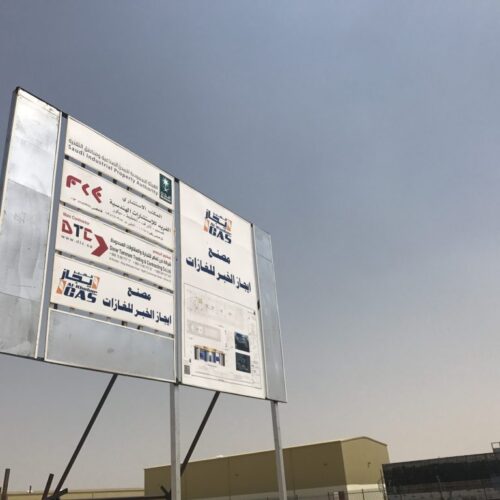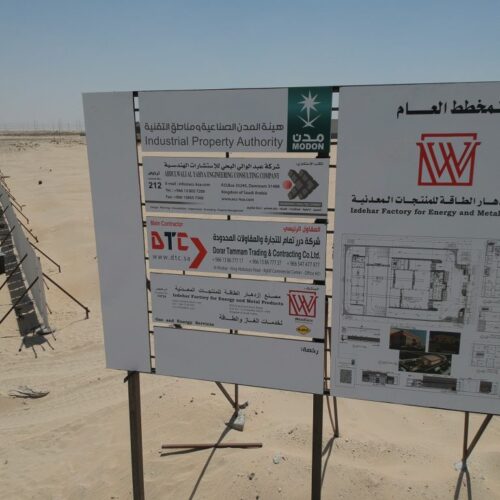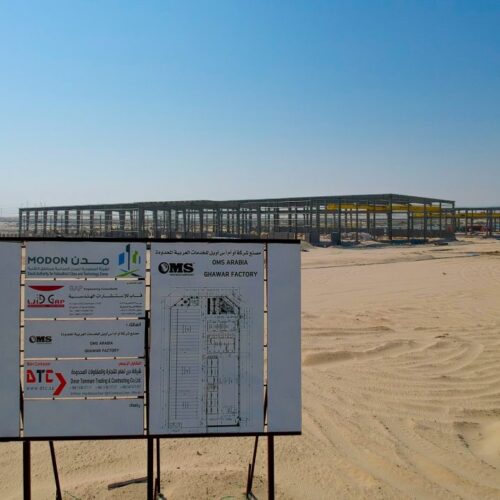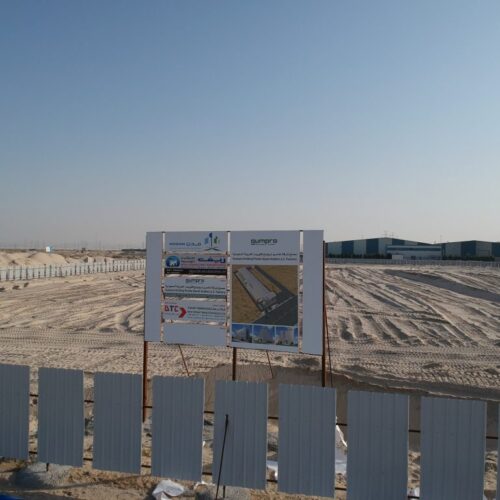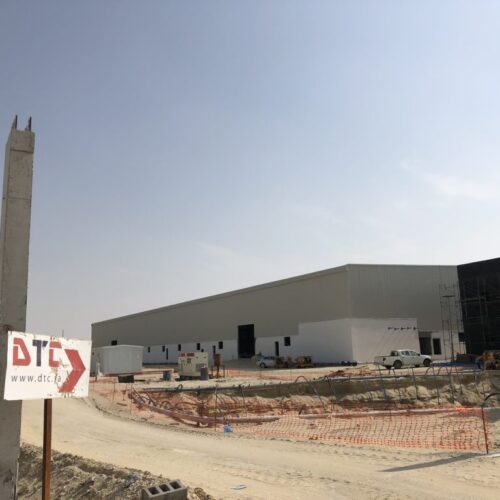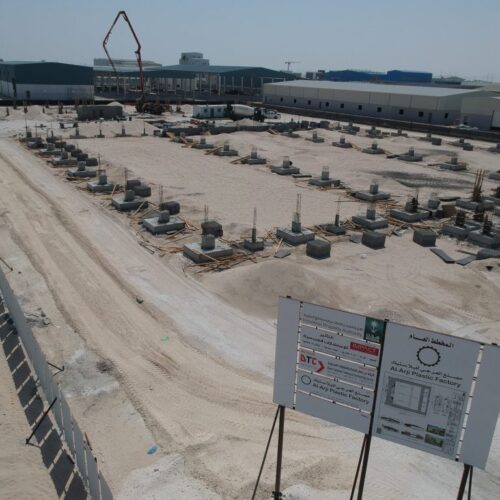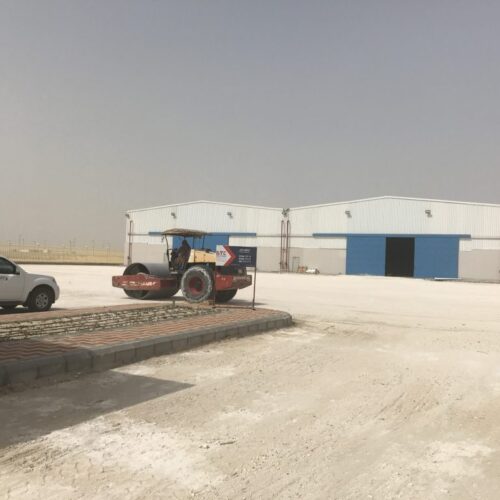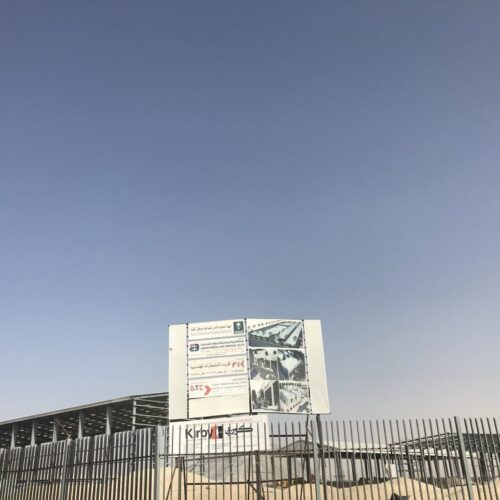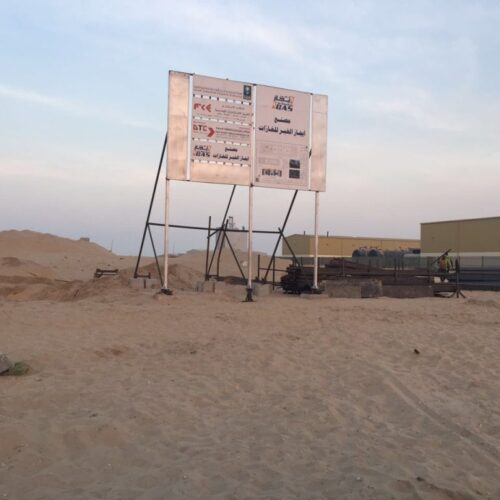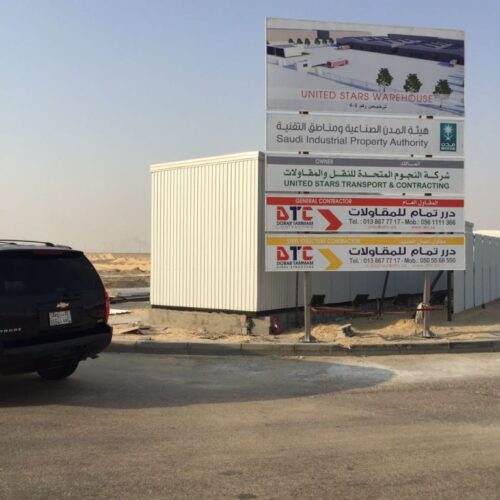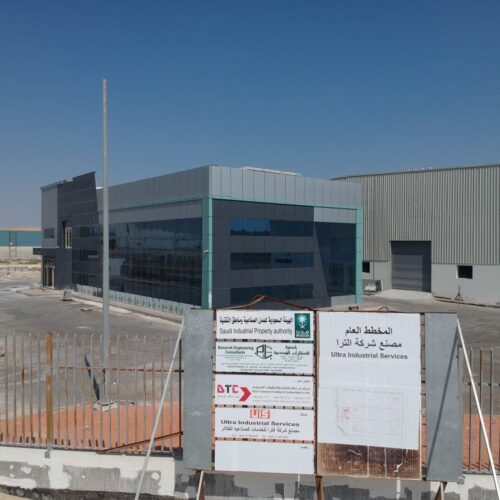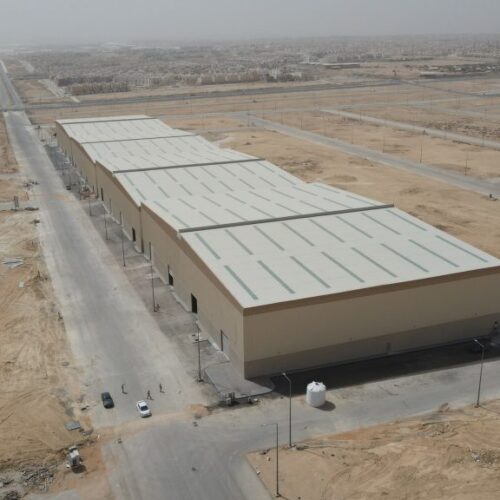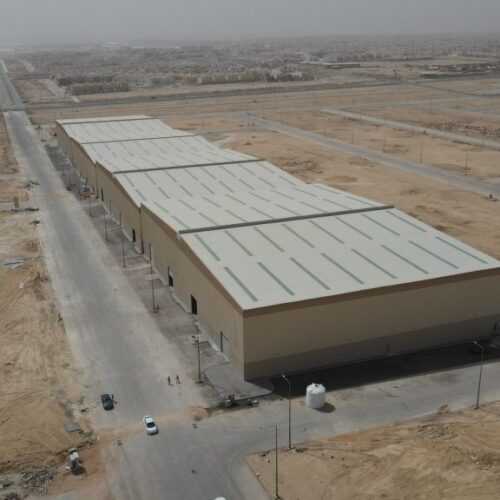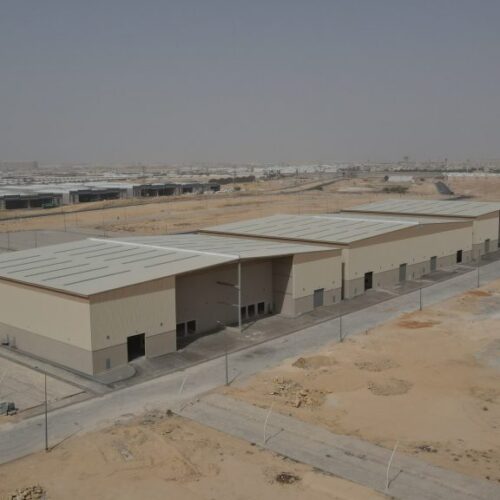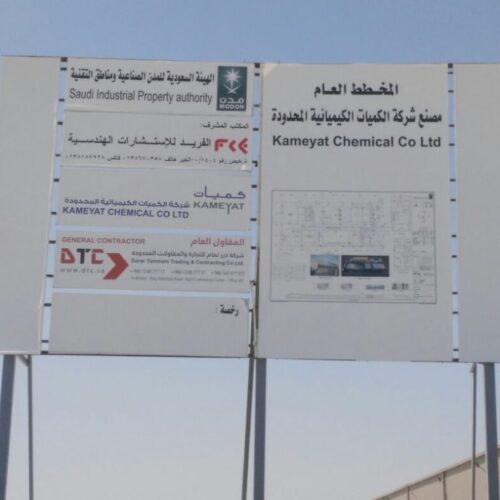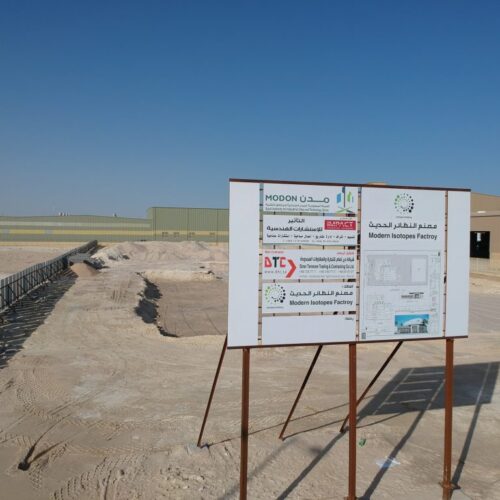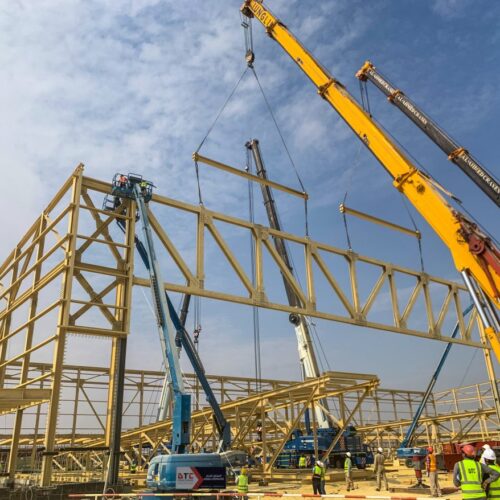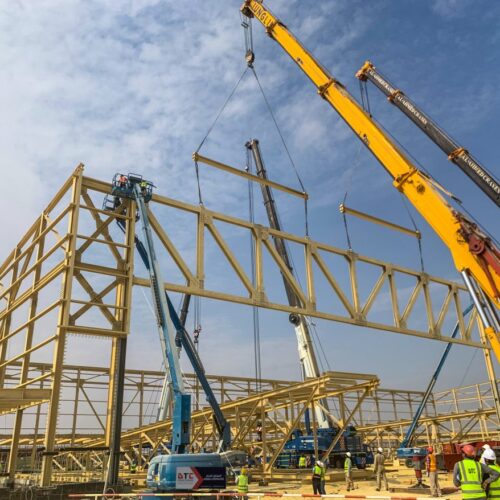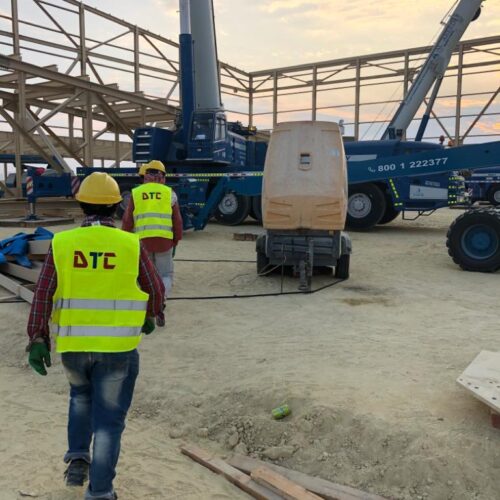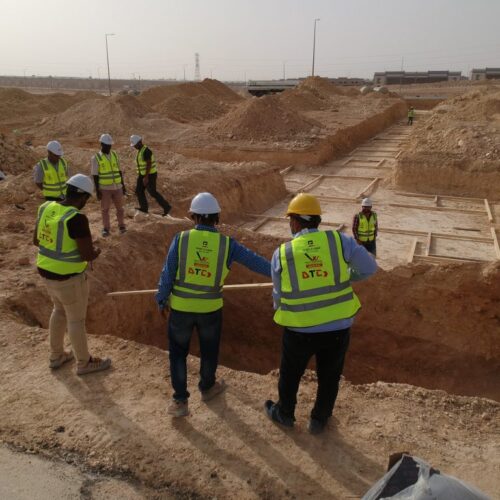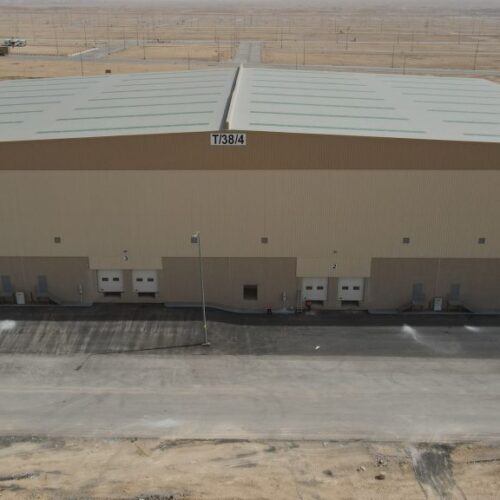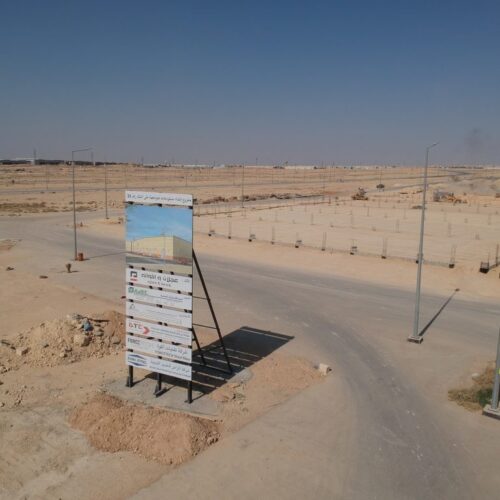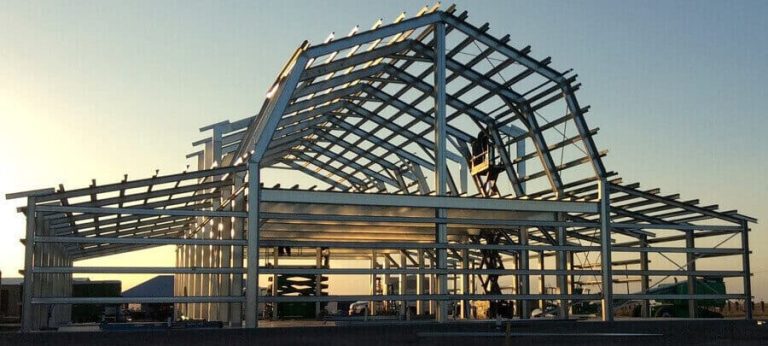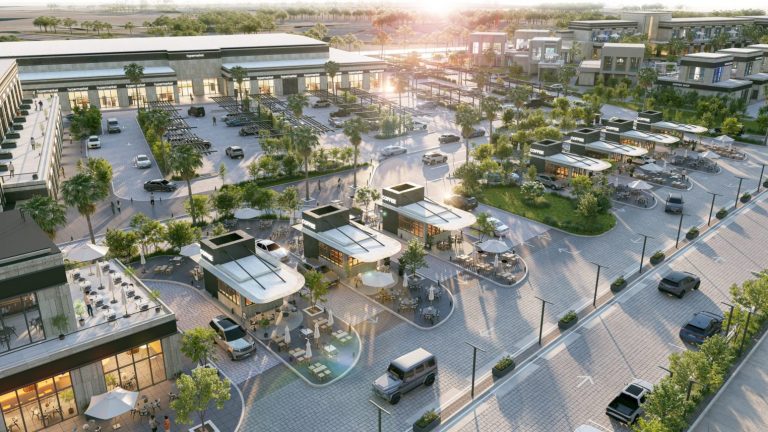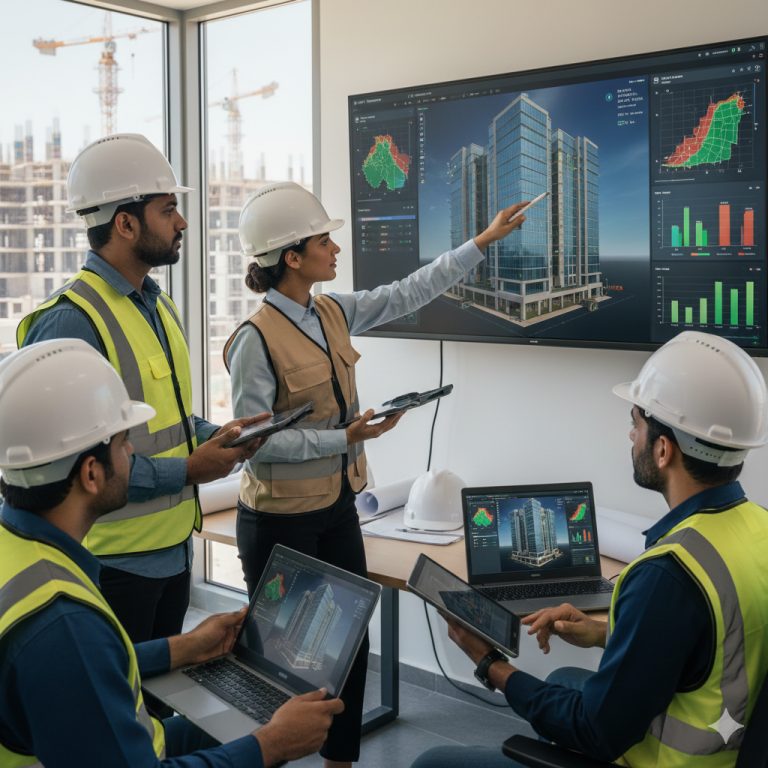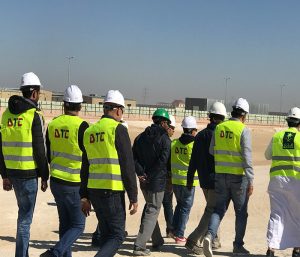Building the Future: The Ultimate Guide to Warehouse Construction in Saudi Arabia
Warehouse construction plays a pivotal role in Saudi Arabia’s expanding economy. As logistics and storage needs increase, building efficient, durable, and cost-effective warehouses is critical for business success. Whether you’re a business owner or a construction professional, this guide will walk you through every step of the warehouse construction process in Saudi Arabia, ensuring a smooth project that meets your needs.
Understanding the Warehouse Construction Process
Before diving into construction, it’s important to understand the stages involved. Warehouse construction isn’t just about putting up four walls and a roof. The process involves several key steps:
- Pre-construction planning: Understanding your storage needs, facility size, and layout.
- Site selection: Finding the best location based on factors like accessibility, utilities, and zoning laws.
- Design and engineering: Planning the layout and structure with long-term durability in mind.
- Construction and project management: Overseeing the actual build and ensuring the project stays on budget and timeline.
Each phase requires detailed attention to ensure your warehouse in Saudi Arabia is safe, efficient, and cost-effective.
Choosing the Right Warehouse Site
When constructing a warehouse, choosing the right location is crucial for logistics and business operations. In Saudi Arabia, several factors come into play:
Location and Accessibility
The warehouse should be conveniently located near major transportation hubs, highways, or ports. This reduces transportation costs and time, ensuring goods move in and out efficiently.
Zoning and Regulations
Make sure the site complies with local zoning laws and regulations. It’s essential to verify that the land is approved for commercial or industrial use, ensuring a smooth building approval process.
Utilities and Infrastructure
Water, electricity, and sewage access are vital for warehouse functionality. Consider how easily these services can be accessed and their associated costs when choosing your site.
Pro tip: Selecting a site with room for future expansion can save you a lot of money and hassle down the road!
Planning the Warehouse Layout and Design
Once the site is locked in, it’s time to plan the warehouse layout. The design needs to maximize both space and efficiency, but also consider the needs of workers and products.
Space Utilization and Workflow
Optimize your space with vertical shelving or mezzanine levels, especially if you’re storing high volumes. Good design streamlines workflows, reducing the distance workers need to travel to move goods around.
Safety and Accessibility
Properly planned layouts reduce the risk of workplace accidents. Make sure there are clearly defined pathways, easy access to goods, and designated loading areas for vehicles.
Security
Securing high-value goods is essential, so plan for secure storage areas, surveillance systems, and restricted access zones as part of your layout.
The Importance of Structural Engineering in Warehouse Construction
The structural engineering of your warehouse directly impacts its longevity and safety. In Saudi Arabia, warehouses must be designed to withstand extreme weather conditions, including high temperatures, occasional rainfall, and, in some areas, sandstorms.
Strong Foundations
Your warehouse’s foundation must be strong enough to bear heavy loads, including machinery and goods. Collaborate with engineers to ensure that the foundation meets local building codes and handles environmental stresses.
Seismic and Wind Load Compliance
In regions prone to earthquakes or strong winds, warehouses must adhere to seismic and wind-resistant building standards. This ensures the building remains intact and operational in challenging conditions.
HVAC Systems: Keeping Your Warehouse Functional and Comfortable
Temperature control is critical in maintaining a healthy working environment and protecting sensitive goods from damage, especially in Saudi Arabia’s extreme heat.
Temperature and Humidity Control
Ensure your HVAC system maintains a consistent temperature, especially if you are storing perishables or electronics. Control humidity to avoid moisture-related damage.
Energy Efficiency
Using energy-efficient HVAC systems can drastically reduce operational costs in the long term. Consider incorporating natural ventilation and insulation to reduce reliance on mechanical cooling systems.
Choosing the Right Materials for Warehouse Construction
The choice of construction materials plays a key role in warehouse durability and maintenance costs.
Steel and Concrete
Steel is commonly used for its strength and affordability, while concrete provides solid protection against fire and extreme weather conditions. Both materials can handle heavy loads and offer excellent longevity.
Sustainable Materials
Using eco-friendly materials, such as recycled steel or energy-efficient insulation, can reduce your warehouse’s environmental impact and comply with Saudi Arabia’s sustainability goals.
Incorporating Technology in Warehouse Construction
The future of warehouse construction is technology-driven. Integrating automation, robotics, and IoT into your warehouse can boost efficiency and reduce manual labor.
Smart Warehouses
Consider incorporating automated storage and retrieval systems (ASRS), robotics, and IoT sensors to streamline operations, reduce errors, and enhance productivity.
Safety and Security: A Top Priority
Warehouse safety must be prioritized to prevent accidents and ensure smooth operations.
Fire Safety
Implement fire suppression systems, such as sprinklers and extinguishers, throughout the warehouse. Additionally, make sure emergency exits are easily accessible.
Security Systems
Surveillance cameras, access controls, and alarm systems are essential to protect high-value goods and ensure the safety of your staff.
Navigating Building Codes and Regulations in Saudi Arabia
Compliance with local building codes is essential for any warehouse construction project. Ensure your project aligns with Saudi Arabia’s specific zoning laws, fire safety codes, and environmental regulations to avoid costly delays.
Hiring the Right Warehouse Construction Contractor
Hiring an experienced warehouse construction contractor is key to completing the project on time and within budget. Look for contractors who have a solid track record and experience with projects in Saudi Arabia.
Vetting Contractors
Check for licenses, insurance, and experience in similar projects. Request references and visit previous warehouse projects they have completed to ensure they meet your quality standards.
Conclusion: Building the Future of Warehousing in Saudi Arabia
Building a warehouse in Saudi Arabia involves meticulous planning and execution. From selecting the right site to integrating technology and ensuring compliance with local codes, every decision impacts your facility’s efficiency, safety, and cost. By following this guide, you’ll be well-prepared to build a warehouse that not only meets today’s needs but is also future-proof for tomorrow’s business challenges.


